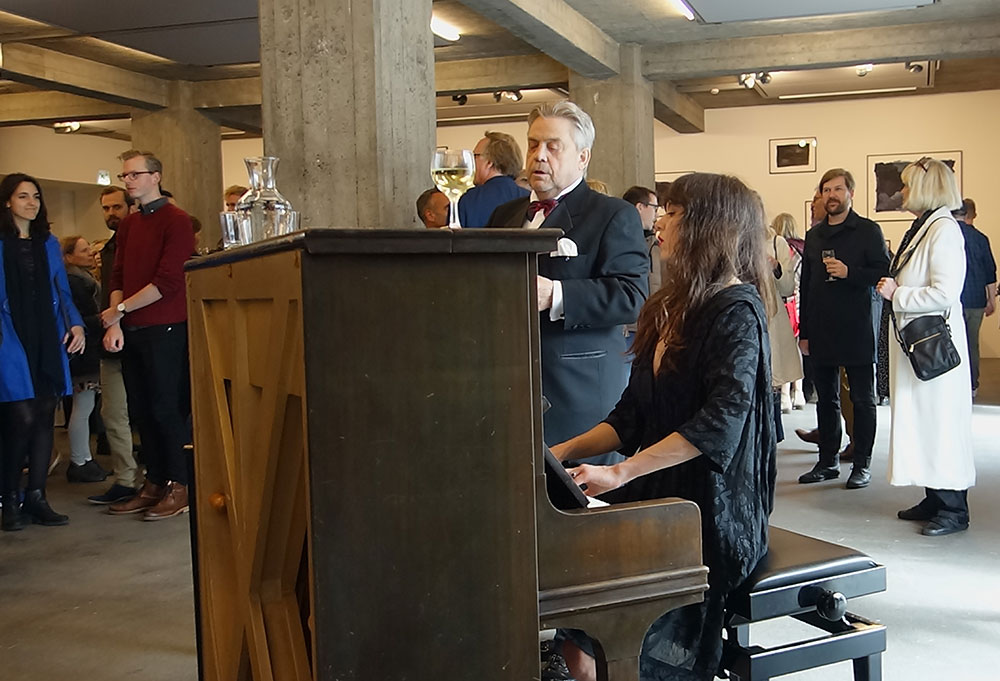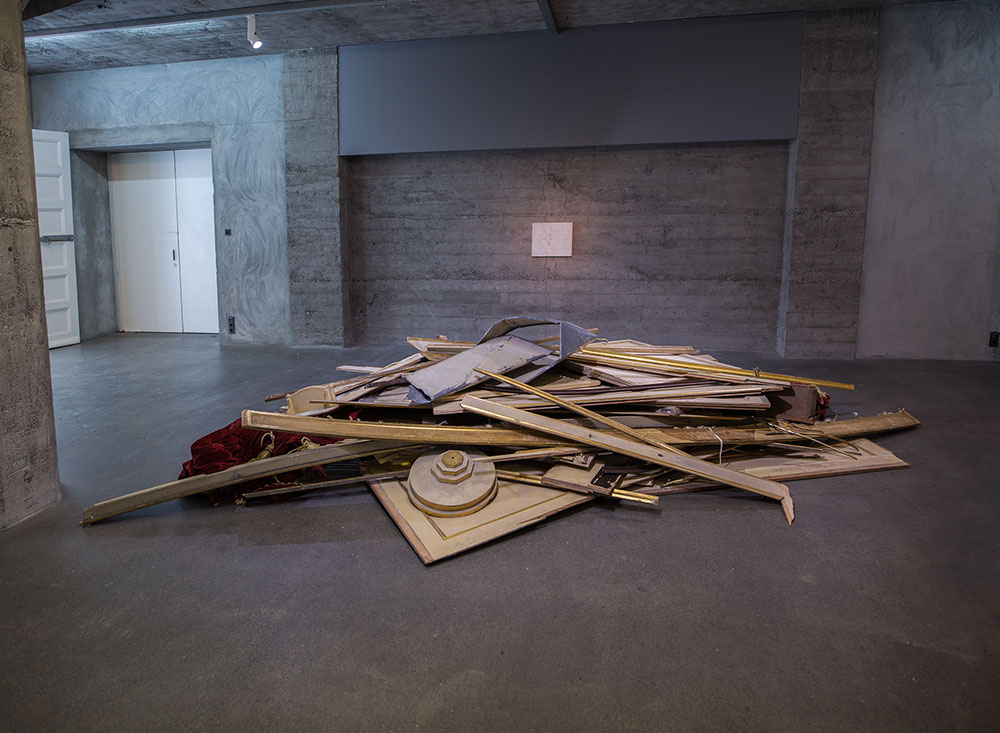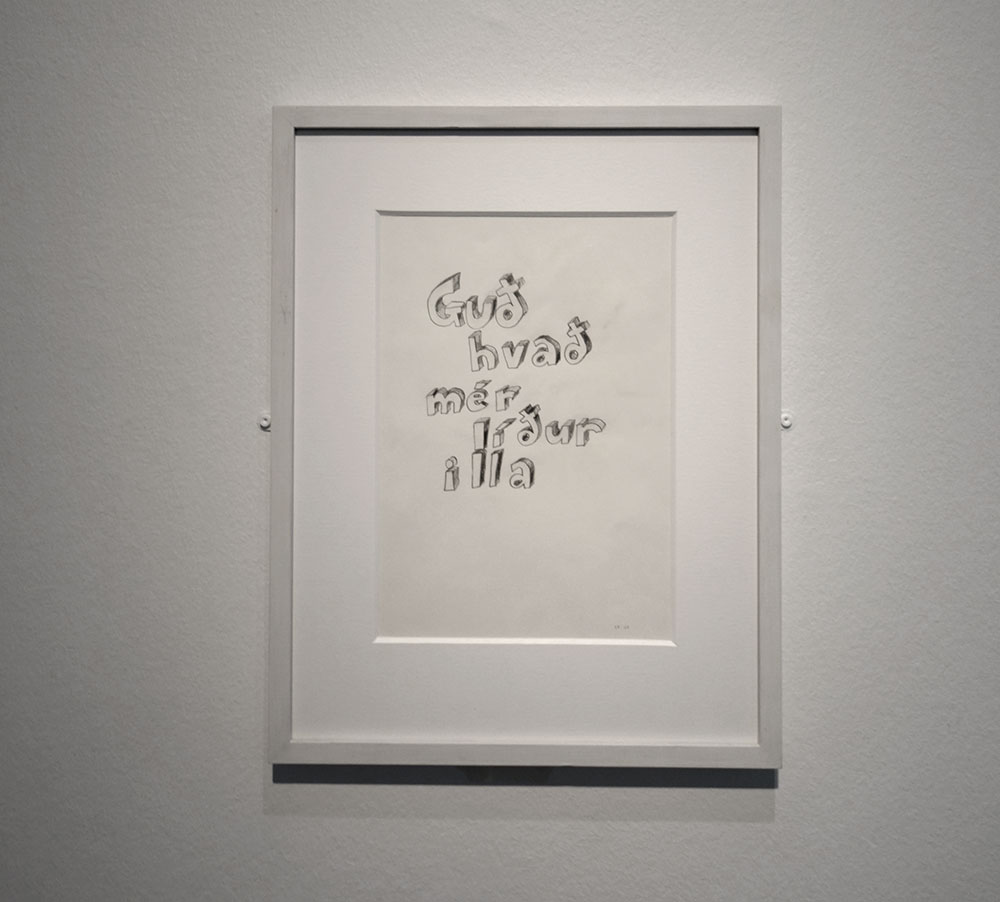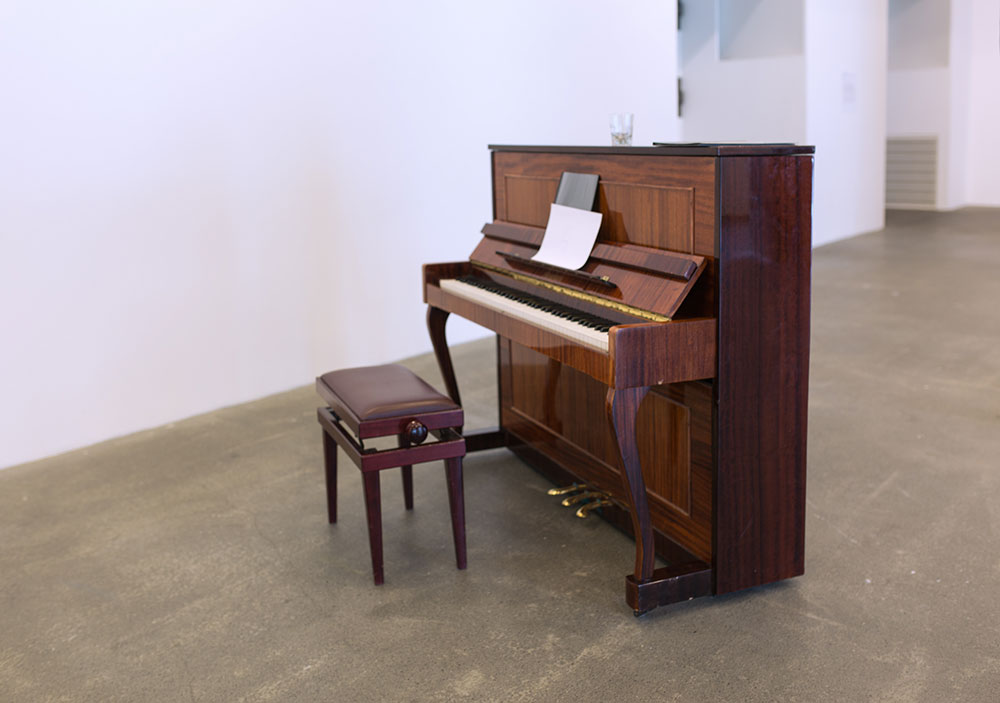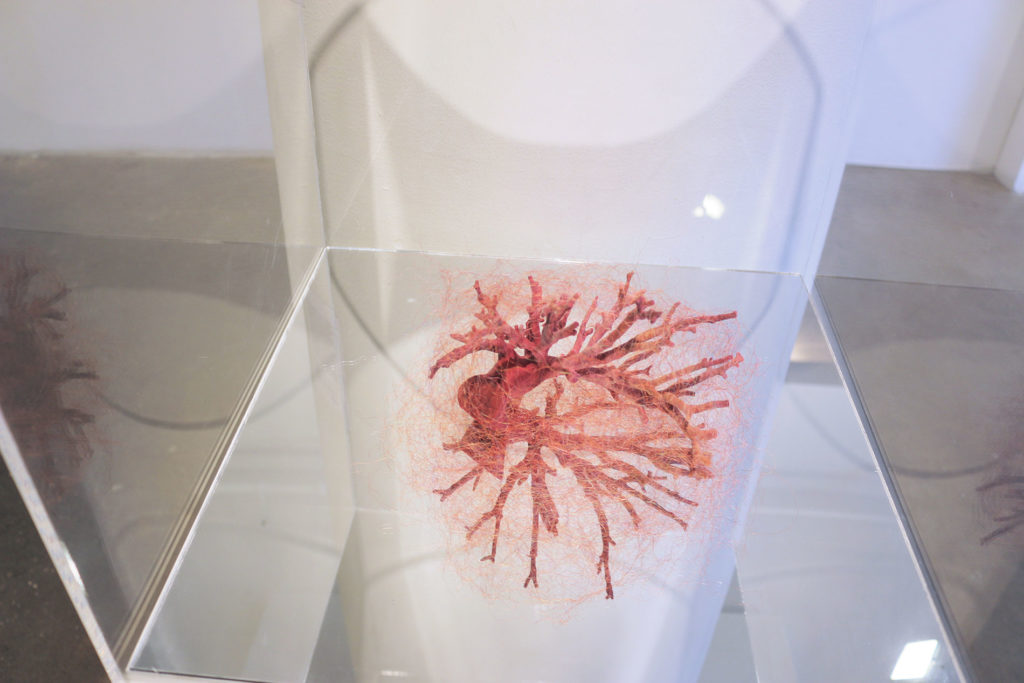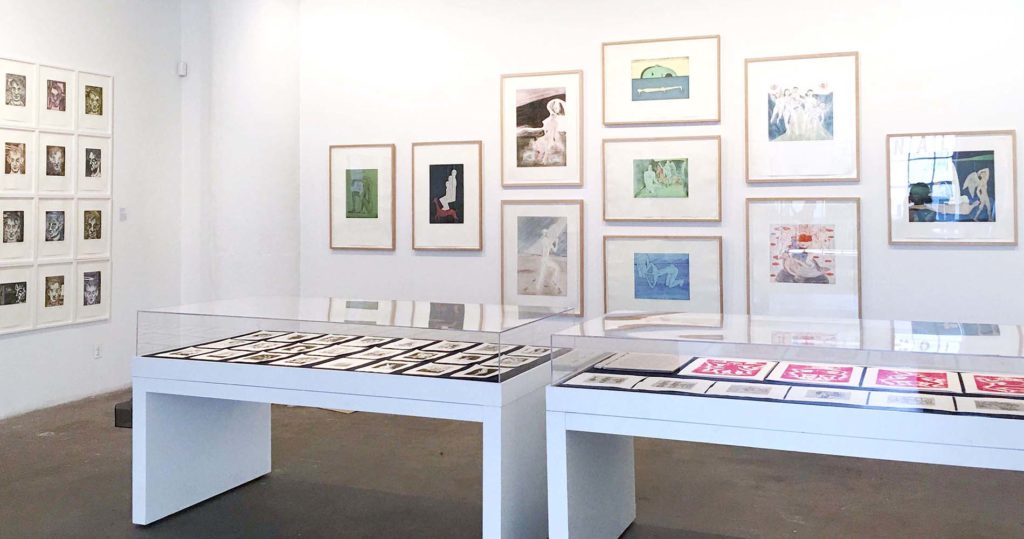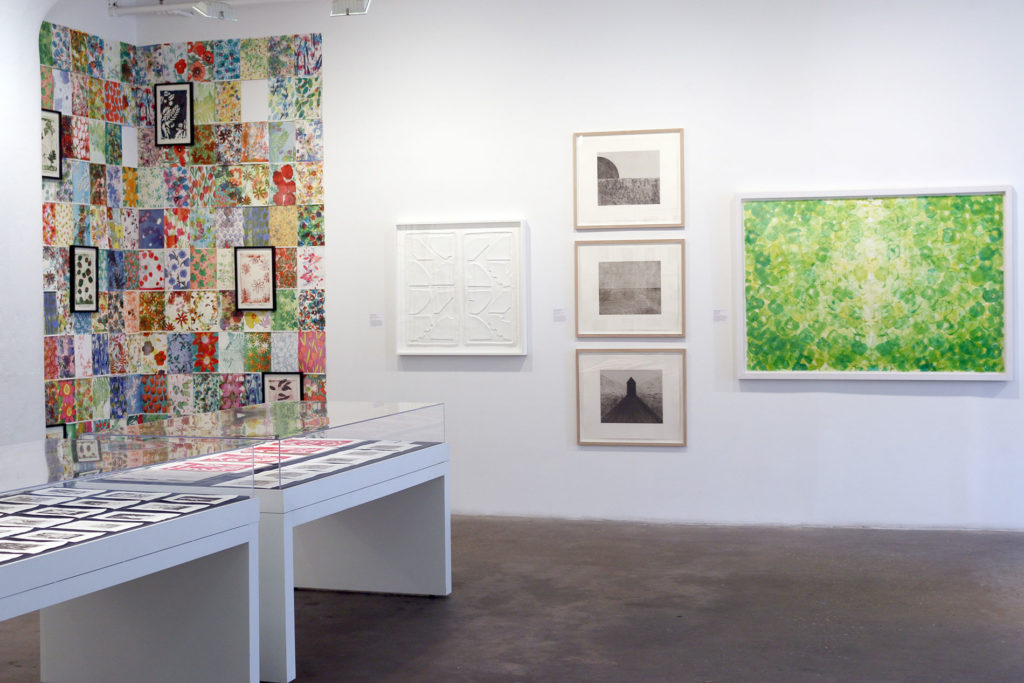
Amalia Pica – Set Theory & the representation of communication
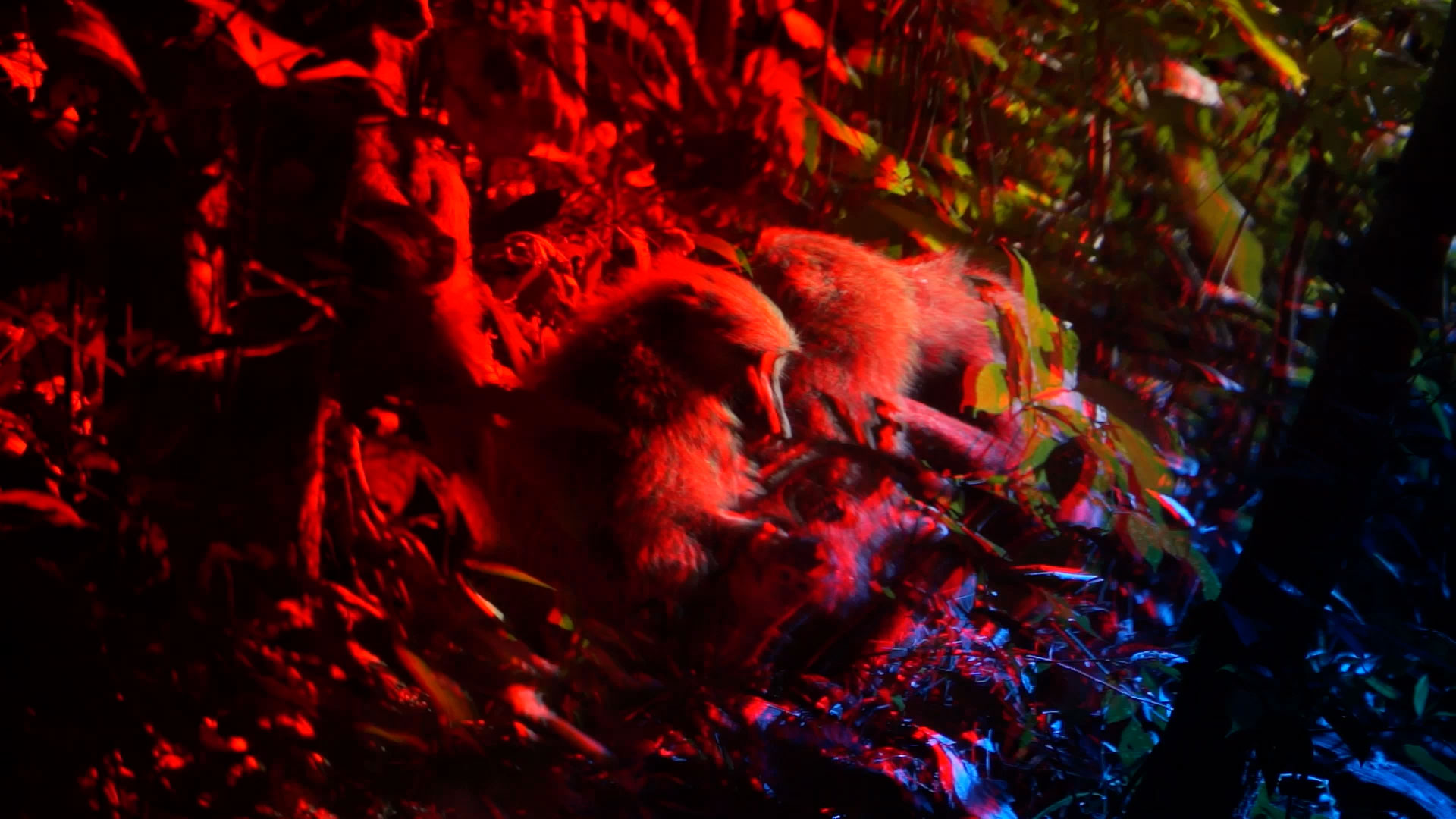
Amalia Pica – Set Theory & the representation of communication
Amalia Pica’s solo exhibition — A un brazo de distancia — opened at NC-Arte (Bogota) this April. With works almost exclusively from this year (2017), the exhibition centres around the cognitive processes and social conformities of animals. Specifically in relation to the artist’s observation of baboons when in residence at the Gaskaka Primate Project in Nigeria.
A un brazo de distancia is also the name of the centrepiece of the exhibition. It is a 45-minute long video, co-authored by Rafael Ortega that consists of footage resembling the raw material of a nature documentary taken at Gashaka Gumti National Park (NG). On top of which appears a series of transparent, coloured forms that reach into the middle of the frame. They meet and overlap on those occasions when more than one shape had appeared in the frame. Which in view of Amalia Pica’s earlier work, may be understood to form a visual reference to set theory.
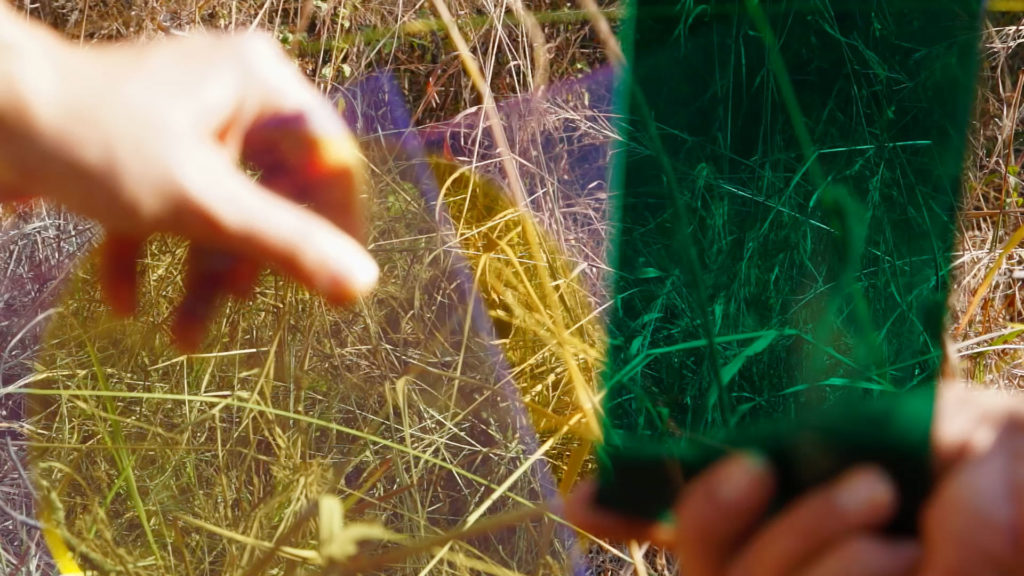
As a short introduction to which, set theory basically describes a group of things as if they were one thing, i.e. a set. Each set is therefore conceived as an abstraction to make it easier to explore the relationship that one group may have with another group. It is a branch of mathematics that holds a natural interest for artist because of its ability to describe what are sometimes complex relationships through visual means. Of which Venn diagrams occupy an iconic example. Like those familiar images of interlocking circles, one may for example represent animals that produce milk (mammals) and another animals that lay eggs (birds). When these two circles intersect, they form an ellipse between them. In this example it would be inhabited by a platypus — it being the only animal to both lays eggs and produce milk.
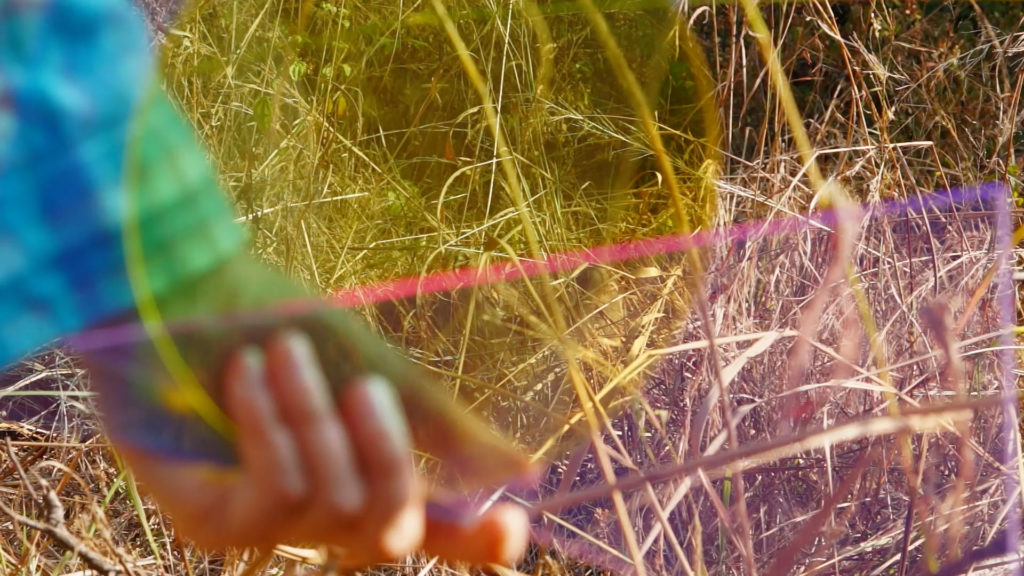
Amalia Pica’s most emblematic work, Venn Diagrams (under the Spotlight) from 2011, draws the outlines of such a proposition. The installation consists of two spotlights, coloured filters, and a motion detector. One of which is lit when a person approaches the piece, while the second is lit only when more bodies occupy that same space. These lights form pools of colour on the facing wall. So that when both are activated, they draw out the silhouette of two interlocking circles. Within which a white ellipse appears at the location of their intersection because their two colours had intermingled.

The conceptual basis for this installation forming the outlines of a Venn diagram is based on a historical anecdote: Venn diagrams had not been taught to Argentinian school children during the „Dirty War“ (1974-1983). The artist speculates that this prohibition was due to fact that in this era of explicit political repression, such graphs could be understood as metaphors for the interaction of people. Which from the perspective of a dictatorship, would inevitably lead to a conspiracy against it. Using this reference to 20th century history, these circles of light draw a theoretical proposition. One that dictates that the presence of bodies may be equated to mathematic diagrams. An example of the way this works is how operations within sets approximate to subtraction, addition or multiplication. In linguistic terms these operations may function as „and“ or „or“ — meaning that two things can either be added together, or that one must choose between them. When translated onto physical bodies, it means that their mere presence may equate to addition, while subtraction may equate to an accentuation of differences. By connotation, the analogy may be extended to include multiplication, which may apply to groups that had come together out of collective interest so as to amplify their influence in the world.
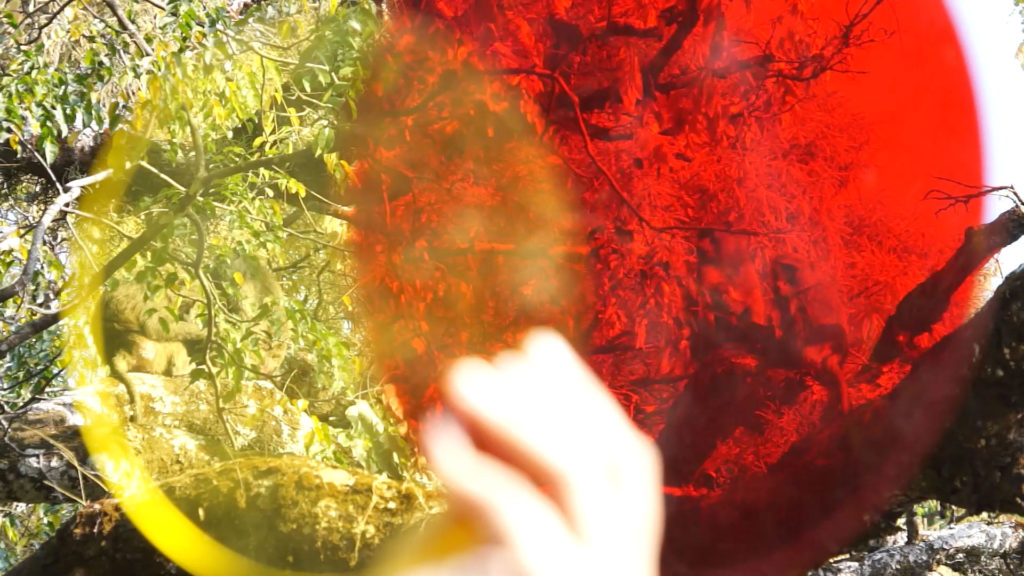
The next work to make explicit use of S-set theory is A ∩ B ∩ C (Line) from 2013. Like Venn Diagrams (under the Spotlight), it makes a neat nod towards participatory art by having the work be activated by human intervention. The installation consists of coloured shapes that had been cut from plexiglas and placed around the walls of the exhibition space in a quasi-casual arrangement. Performers interact with the piece by first choosing one of these shapes and then arranging themselves, three at a time, in a line. By standing in close proximity to their neighbour, the objects they hold are able to intersect with that of their neighbours’.
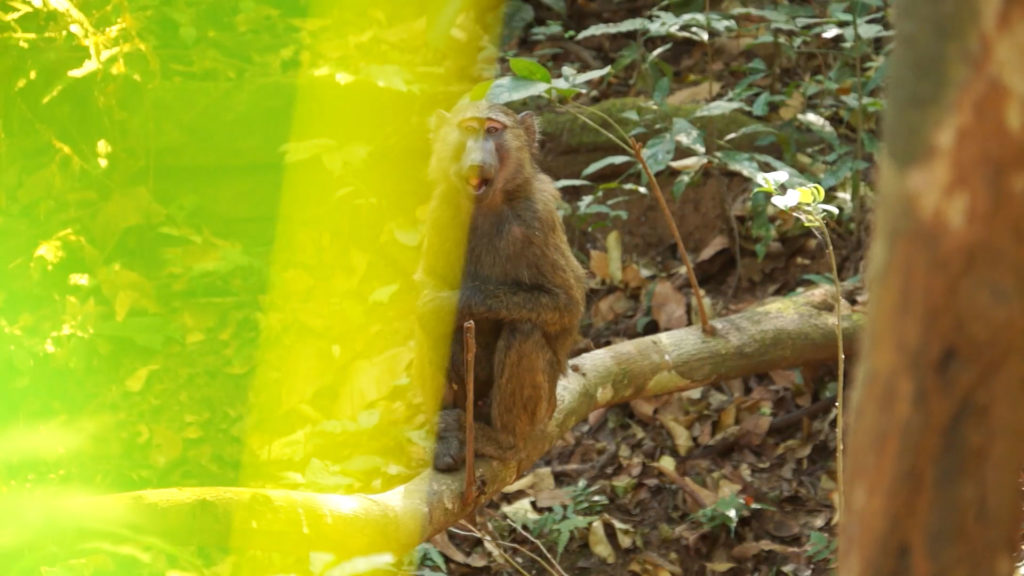
The resulting series of intersecting shapes, can be understood to convey the same conceptual associations that exist in Venn Diagrams (under the Spotlight). Yet to the degree that the audience can no longer influence those actions that draws out its form, the performance can be seen as an inversion of the earlier installation. With the spectator now being passive in front of loosely choreographed set of actions, and to the degree it induces the suspended belief in having witnessed an authentic event, it evokes the logic of the spectacle. This connotation of the spectacle may even be considered problematic in view of original context in which set theory originally appears in Amalia Pica’s work as an implicit critique of the repression of free speech. Which is problematic because the spectacle too evokes an uneasy relationship with modern-day technologies of coercion.
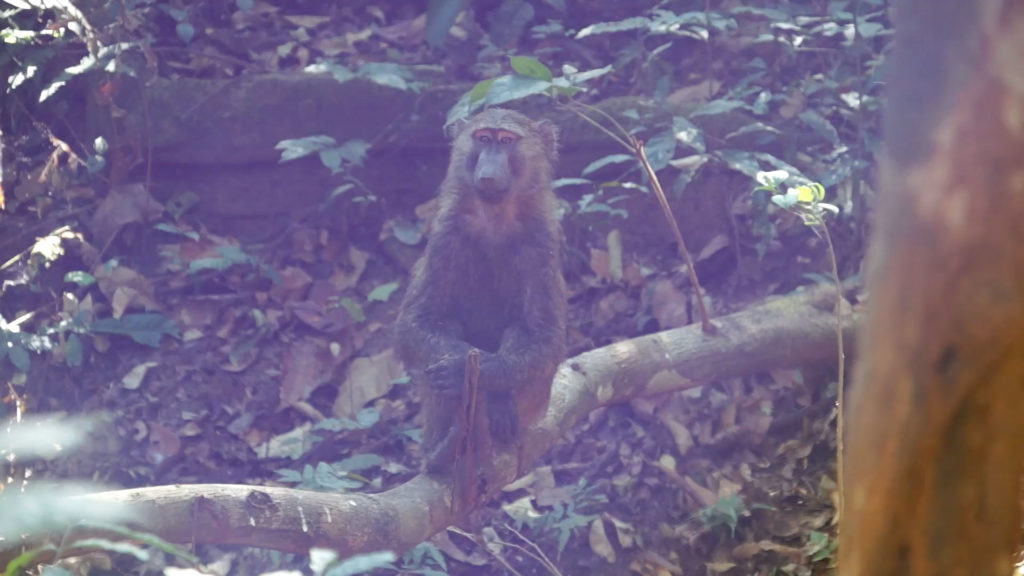
Taken to its most blatant extreme, spectacles are implicit to propaganda carried out by long-lived regimes such as North Korea. Whereas propaganda, within modern-day systems of global capitalism, may lie in the banality of commercials. While they are usually aimed at promoting specific products, it is to the extent that mass entertainment relies on commercials to finance its production, that the contemporary spectacle may be considered propaganda for consumer behaviour in general. Which has been theorized to be effective precisely to the degree that it induces passivity in its audience. (Guy Debord, The Society of the Spectacle) Yet to make this critique of the work is to assume that by referencing political repression in the past, the artist had intended to critique a contemporary order within later pieces.
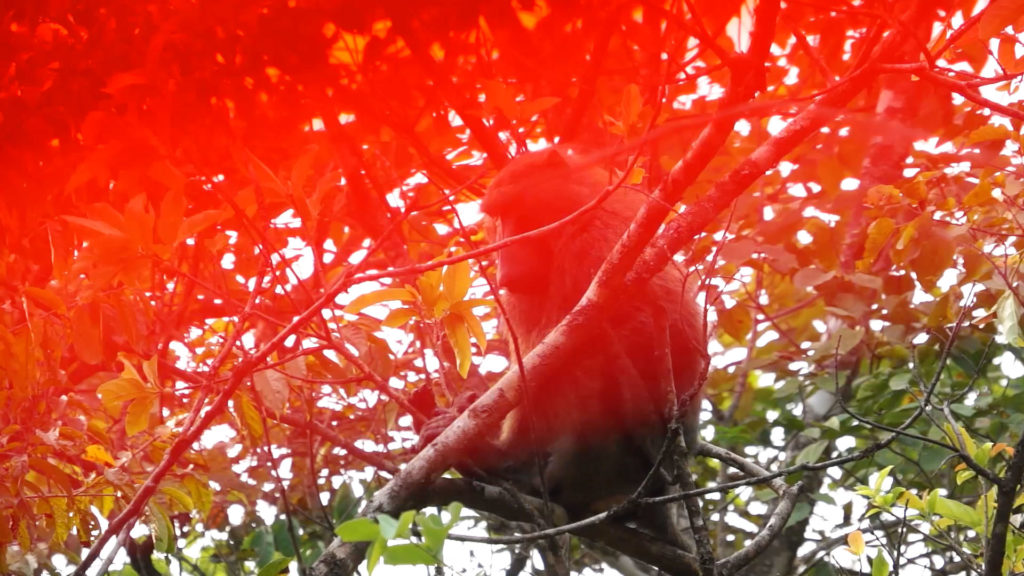
Not only is this assumption the result of bad logic, it also overlooks how the formal qualities of work deals with the phenomenology of communication. Not by producing overt statements, but through the self-reflexivity of form that aesthetics implies. Specifically it is by creating conceptual compositions that draw parallels between math and physical existence, that they are able to draw the outlines of a more profound truth about communication. Namely how each proposition also describes the formal condition by which communication may happen.
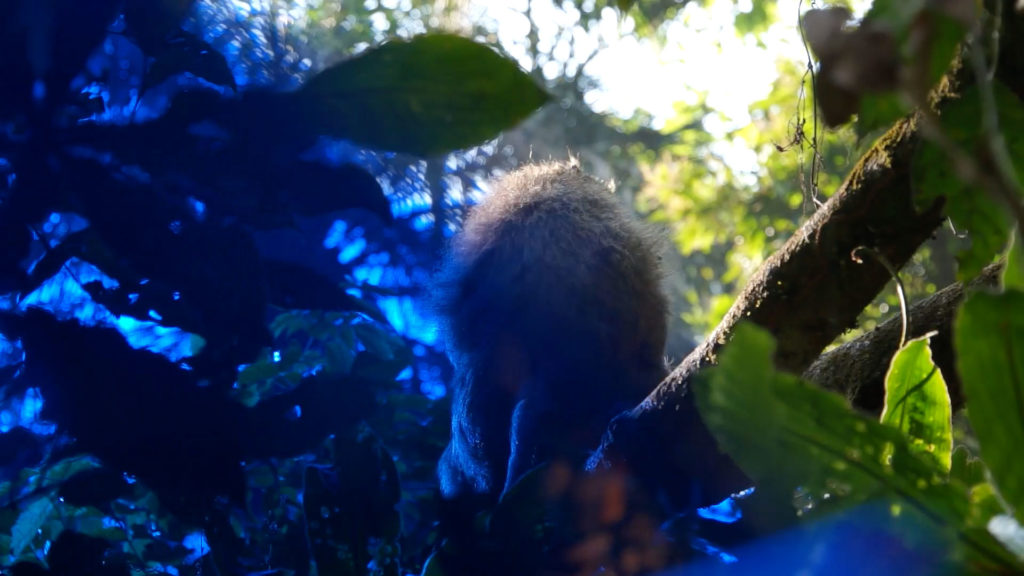
A un brazo de distancia, meaning „At Arm’s Length“, is the third work to make explicit use of the reference to Venn diagrams. It follows as a natural continuation of the artist’s contemplation about the communication of information. Now wondering how its it may be condensed into its most basic principles, Amalia Pica has gone on to consider communication from its pre-human origins — which following scientific reasoning, we assume to resemble the communication of primates. The film consists of idyllic scenes of baboons in their natural habitat, with transparent forms superimposed onto those images. Ranging from one to three, these coloured forms waver a bit as they reach into the frame and evoke the presence of the hand.
Like editing in reverse, the footage takes on the colour of these shapes, not in post-production, but by holding what are effectively filters, directly in front of the camera. At first, the fact of these colours shapes being superimposed onto a moving image would seem to perform a simple operation of addition. It is only through a rhythmic repetition of the same action, that it becomes clear that the appearance of colour fields coincides with the presence of baboons. Thereby evoking the logical operation of Venn Diagrams (under the Spotlight), where the presence of multiple bodies had been established to be the precondition by which the intersection of shapes may happen.

In emphasising the social structures of animals as a theme of the exhibition, the logic of A un brazo de distancia points to an analogy between shapes that draw out diagrams and that of bodies that gather to form community. In the same way that we don’t really know if one baboon had said something to another baboon, we can assume that like humans, their presence may convey information. A thing as simple as body language may convey the internal landscape of one person to another. Implying once again how mutual coexistence produces meaning, just like symbols coexist in the same mathematical proposition do. And while we tend to think of propositions as a way to convey information, the nice thing about them is that like aesthetics, they are true to the degree that they are correctly formulated. – A un brazo de distancia was open until June 24. 2017.
Geirþrúður Finnbogadóttir Hjörvar
Images: courtesy of NC-Arte (Bogota)
Venns Diagram: Solomon R. Guggenheim Museum, New York Guggenheim UBS MAP Purchase Fund, 2014
Featured image with article: Still from the film A un brazo de distancia.
About the artist: en.wikipedia.org/wiki/Amalia_Pica





